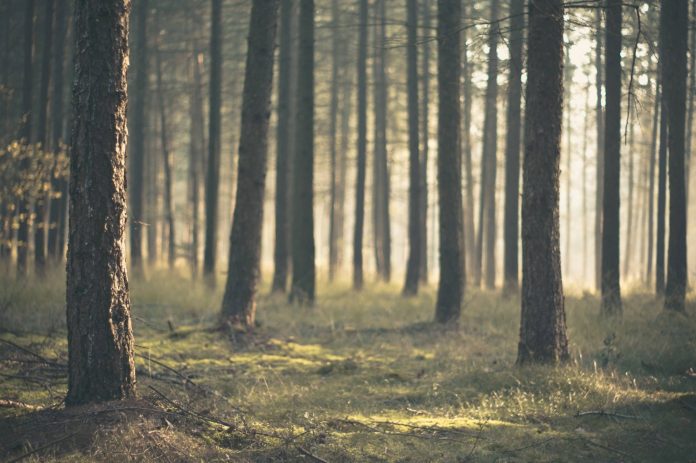Computer Vision as you know (or even if you don’t) is a very powerful tool with immense possibilities. So, when I set up to prepare a comic of one of my friend’s college life, I soon realized that I needed something that would reduce my efforts of actually painting it but will retain the quality and I came up with the following solution.
Cartooning an Image using OpenCV – Python
Here our task is to convert the original image into it’s a cartooned version using Python.
Input Images:

Code:
Python3
class Cartoonizer: """Cartoonizer effect A class that applies a cartoon effect to an image. The class uses a bilateral filter and adaptive thresholding to create a cartoon effect. """ def __init__(self): pass def render(self, img_rgb): img_rgb = cv2.imread(img_rgb) img_rgb = cv2.resize(img_rgb, (1366,768)) numDownSamples = 2 # number of downscaling steps numBilateralFilters = 50 # number of bilateral filtering steps # -- STEP 1 -- # downsample image using Gaussian pyramid img_color = img_rgb for _ in range(numDownSamples): img_color = cv2.pyrDown(img_color) #cv2.imshow("downcolor",img_color) #cv2.waitKey(0) # repeatedly apply small bilateral filter instead of applying # one large filter for _ in range(numBilateralFilters): img_color = cv2.bilateralFilter(img_color, 9, 9, 7) #cv2.imshow("bilateral filter",img_color) #cv2.waitKey(0) # upsample image to original size for _ in range(numDownSamples): img_color = cv2.pyrUp(img_color) #cv2.imshow("upscaling",img_color) #cv2.waitKey(0) # -- STEPS 2 and 3 -- # convert to grayscale and apply median blur img_gray = cv2.cvtColor(img_rgb, cv2.COLOR_RGB2GRAY) img_blur = cv2.medianBlur(img_gray, 3) #cv2.imshow("grayscale+median blur",img_color) #cv2.waitKey(0) # -- STEP 4 -- # detect and enhance edges img_edge = cv2.adaptiveThreshold(img_blur, 255, cv2.ADAPTIVE_THRESH_MEAN_C, cv2.THRESH_BINARY, 9, 2) #cv2.imshow("edge",img_edge) #cv2.waitKey(0) # -- STEP 5 -- # convert back to color so that it can be bit-ANDed with color image (x,y,z) = img_color.shape img_edge = cv2.resize(img_edge,(y,x)) img_edge = cv2.cvtColor(img_edge, cv2.COLOR_GRAY2RGB) cv2.imwrite("edge.png",img_edge) #cv2.imshow("step 5", img_edge) #cv2.waitKey(0) #img_edge = cv2.resize(img_edge,(i for i in img_color.shape[:2])) #print img_edge.shape, img_color.shape return cv2.bitwise_and(img_color, img_edge) tmp_canvas = Cartoonizer() file_name = "Screenshot.png" #File_name will come hereres = tmp_canvas.render(file_name) cv2.imwrite("Cartoon version.jpg", res)cv2.imshow("Cartoon version", res)cv2.waitKey(0)cv2.destroyAllWindows() |
Output:

Explanation: Basically, we are going to use a series of filters and image conversions.
- First we downscale the image and then apply bilateral filter to get a cartoon flavor. Then again we upscale the image.
- Next step is getting a blurred version of the original image. Now, we don’t want the colors to interfere in this process. We only want the blurring of the boundaries. For this, we first convert the image to gray – scale and then we apply the media blur filter.
- Next step is to identify the edges in the image and then add this to the previously modified images to get a sketch pen effect. For this first we are using adaptive threshold. You can experiment with other types of threshold techniques also. Because Computer Vision is all about experimenting. In step 5, we compile the final images obtained from the previous steps.
Simpler Implementation:
Python3
# importing librariesimport cv2import numpy as np # reading imageimg = cv2.imread("koala.jpeg") # Edgesgray = cv2.cvtColor(img, cv2.COLOR_BGR2GRAY)gray = cv2.medianBlur(gray, 5)edges = cv2.adaptiveThreshold(gray, 255, cv2.ADAPTIVE_THRESH_MEAN_C, cv2.THRESH_BINARY, 9, 9) # Cartoonizationcolor = cv2.bilateralFilter(img, 9, 250, 250)cartoon = cv2.bitwise_and(color, color, mask=edges) cv2.imshow("Image", img)cv2.imshow("edges", edges)cv2.imshow("Cartoon", cartoon)cv2.waitKey(0)cv2.destroyAllWindows() |
Output:

What you can do?
Experiment! Try changing the down sample steps, or the number of bilateral filters applied, or even the size of the filter, or the threshold technique to get the edges. Now, one thing to keep in mind. This process is a general one and will not give the best result for different images. That’s why, you should experiment with different values to get a feel of the whole process.




